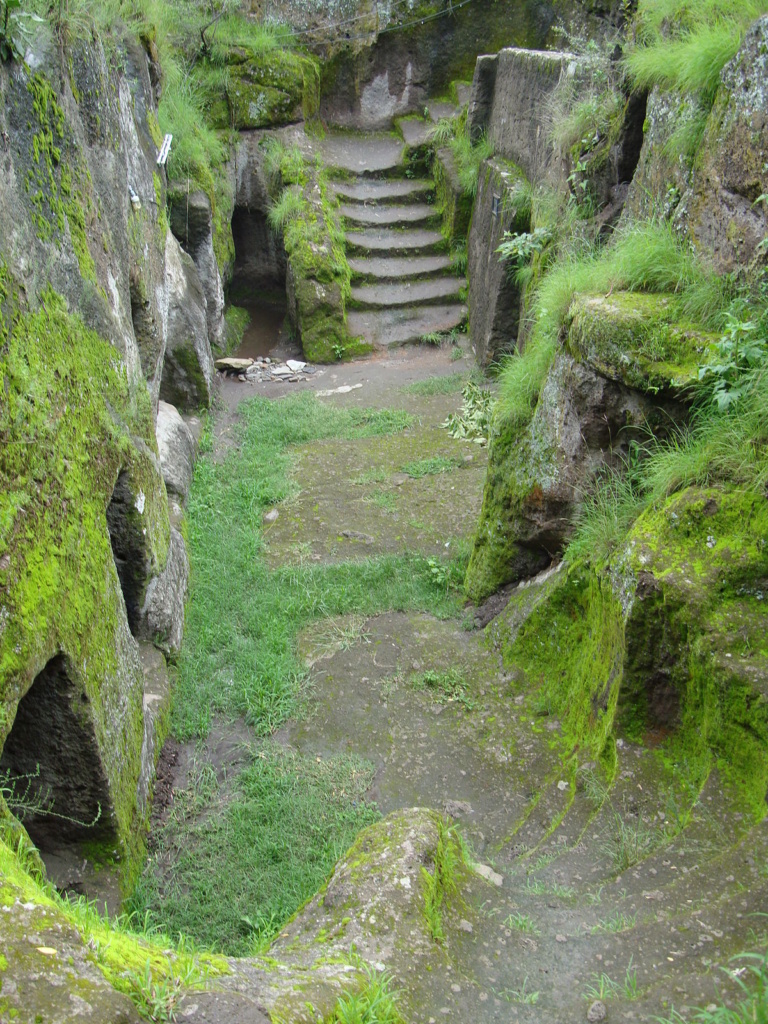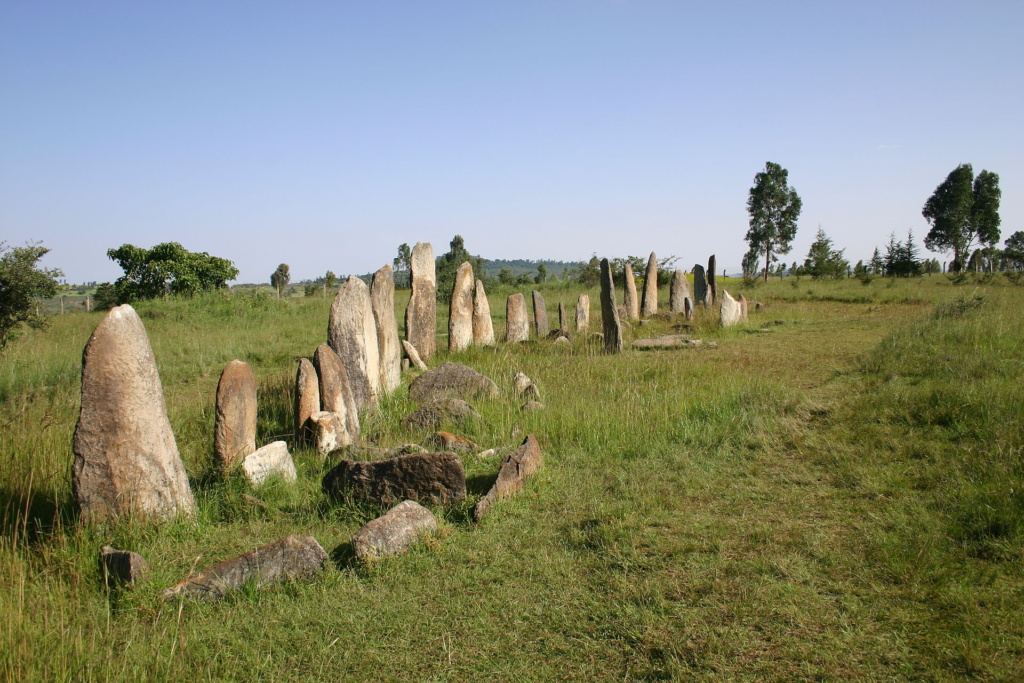Ethiopia has started disinfecting tourist attraction sites as a part of the fight against the coronavirus pandemic. Disinfecting was undertaken at the National Museum and other historical and cultural sites in the capital.
The disinfection activity will continue in other tourist attractions sites such as Tiya Stelae, Harar Town, Gondar Fasiledes Castle, Lalibela Rock-Hewn Churches and other sites around the country.
The move is intended to make the sites safe for post COVID-19 visiting period, ministry of Culture and Tourism indicated.
A pleasant drive of approximately one hour just south of Addis travelling through the pleasant Rift Valley, will lead you to three exceptional historical sites. The day trip will include visiting the Tiya UNSECO World Heritage site, the rock-hewn church of Adadi Maryam and the archaeological site of Melka Kunture.
Adadi Mariam is a rock-hewn monolithic church located believed to have been built in the 13th century and built by the famous King Lalibela. This rock-hewn church, cut out of one single piece of rock, is a 600-year-old sanctuary in the building tradition of the northern part of Ethiopia. Adadi Mariam has been damaged by both man-made and natural causes over the years but recent restoration work to strengthen and restore the church has taken place with aid from Switzerland. The establishment of Adadi Mariam church is related to the one of the most prominent saints of the Ethiopian Orthodox faith. Saint Abune Gabre Menfes Qedus, came from Egypt to Ethiopia. Today Adadi Mariam remains active and operational as a church.
Tiya village, about 35km beyond Adadi contains 41 engraved stelae up to 5m in height – they are grave markers with intricate carvings commemorating local heroes aged between 18 and 30 who lived between the 12th and 14th centuries. This ancient grave site of Tiya (a prominent UNESCO World Heritage) is considered one of the most important archaeological sites discovered so far south of Addis Ababa.
Travelling further south over the Awash River and 50kms from Addis, you will reach the fascinating prehistoric site located in a valley 6 km wide of Melka Kunture. Many artefacts dating back 1.8 million years have been excavated and there is a small museum (4 local huts) which exhibit some of these items. The site of Melka Kunture was first discovered and proposed to the attention of the Ethiopian Archaeological Service back in 1963 and excavation has continued over the years to reveal more than 70 sites.


